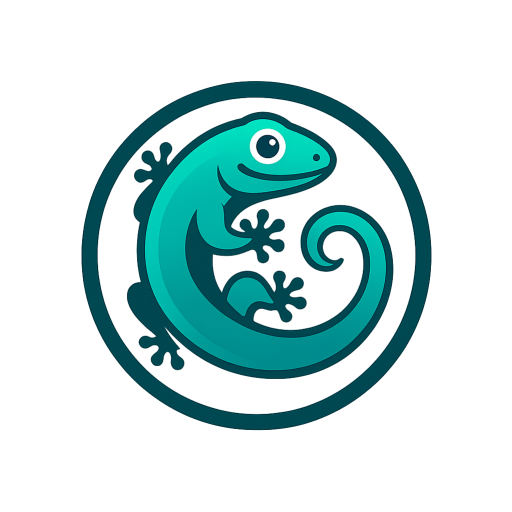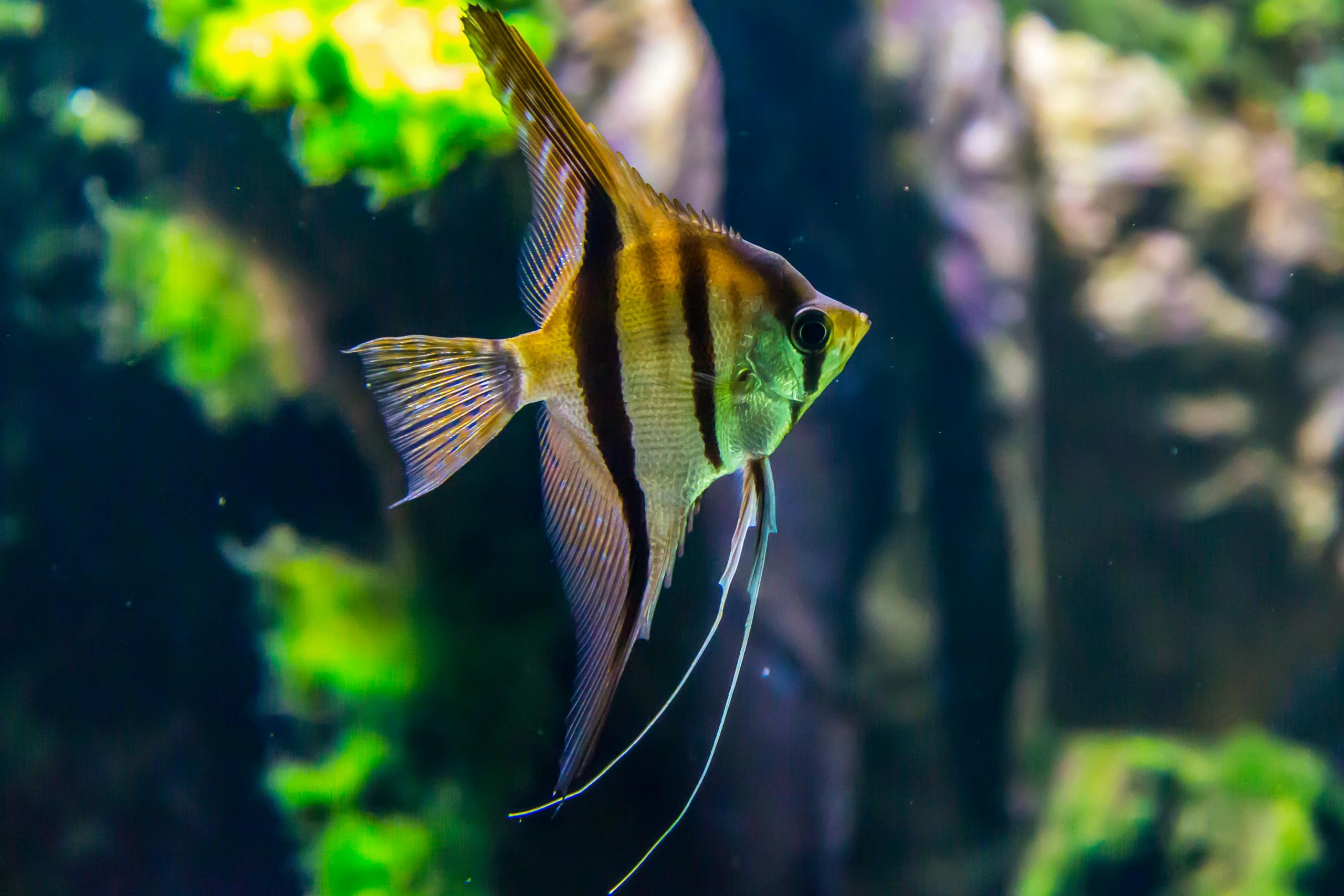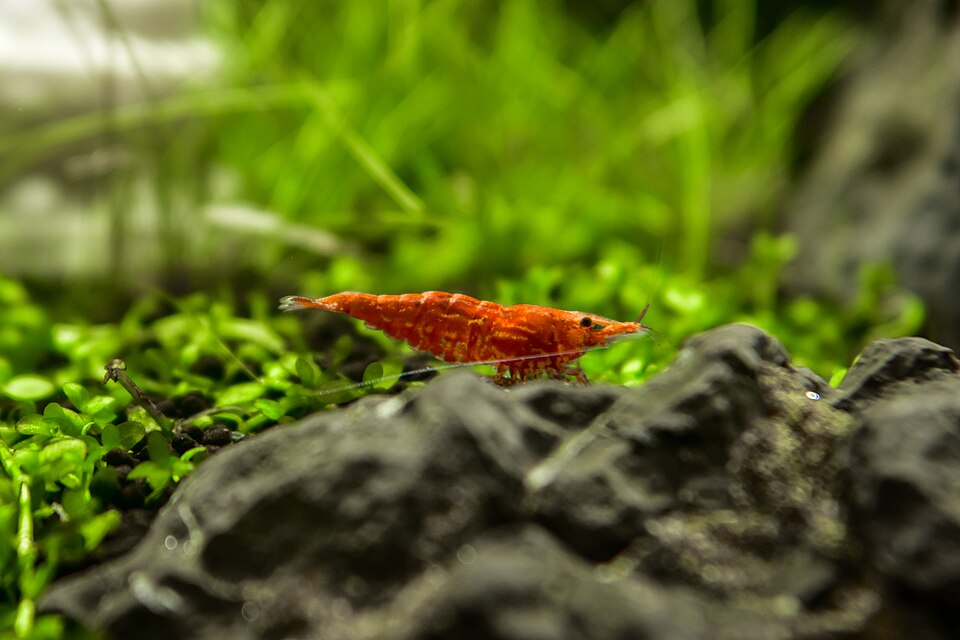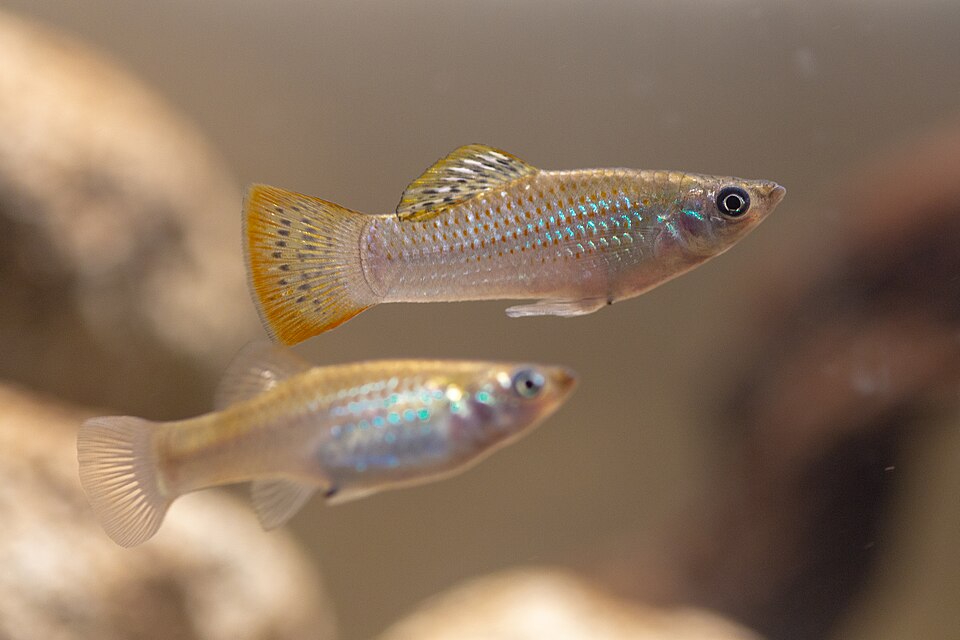Hi there, pet lovers! 🕷️💙
For exotic pet enthusiasts seeking a visually striking yet low-maintenance invertebrate, the Greenbottle Blue Tarantula (Chromatopelma cyaneopubescens) stands out as a top contender. Known for its dazzling colors, hardy nature, and fascinating web-building habits, this tarantula has earned a devoted following among arachnid keepers.
In this detailed review, we explore everything potential owners need to know—from its temperament and care requirements to its unique behaviors and habitat setup. Whether you’re a first-time tarantula keeper or an experienced hobbyist, this guide will help you decide if the Greenbottle Blue Tarantula (GBB) is the right pet for you.
Overview
The Greenbottle Blue Tarantula is a New World species native to the scrublands of northern Venezuela. Renowned for its metallic blue legs, vibrant orange abdomen, and emerald-green carapace, this tarantula is often considered one of the most beautiful spiders in the world.
Here’s a quick snapshot of what makes this species unique:
- Handling & Temperament: Generally docile but fast and skittish; not ideal for frequent handling.
- Care & Maintenance: Low-maintenance with simple humidity and temperature needs.
- Health & Durability: Hardy and long-lived, with females reaching up to 12-14 years.
- Availability: Readily available from breeders and expos, though slings (babies) look very different from adults.
- Cost: Moderately priced for the spider itself, with affordable enclosure setup costs.
Overall: An excellent choice for keepers who want a visually stunning, easy-to-care-for tarantula that thrives in captivity.
Why Choose a Greenbottle Blue Tarantula?
The GBB is a favorite among tarantula enthusiasts for several reasons:
✅ Striking Appearance – Its iridescent blue legs, green carapace, and bright orange abdomen make it one of the most colorful tarantulas available.
✅ Easy to Care For – Unlike some tropical species, the GBB thrives in dry, well-ventilated enclosures with minimal humidity fuss.
✅ Fascinating Webber – This species is an avid web builder, creating intricate silk tunnels and “web castles” that make for an engaging display.
✅ Long Lifespan – Females can live over a decade, making them a long-term companion for dedicated keepers.
✅ Great for Beginners & Experts – While not the best for handling, its hardy nature makes it forgiving for new keepers, while its beauty appeals to seasoned hobbyists.
Handling and Temperament
Personality & Behavior
The Greenbottle Blue Tarantula is generally docile but skittish. Unlike some calmer species (like the Chilean Rose Hair), the GBB is fast-moving and may bolt if startled.
- Defensive Behaviors:
- Kicks Urticating Hairs – Like most New World tarantulas, it can flick irritating hairs from its abdomen when threatened.
- Rarely Bites – Bites are uncommon and medically insignificant (comparable to a bee sting).
- Not Ideal for Handling: Due to its speed and fragility, frequent handling is discouraged.
Handling Tips (If Necessary)
- Avoid Sudden Movements – Move slowly to prevent startling the spider.
- Keep Close to the Ground – Falls can be fatal due to their delicate exoskeleton.
- Watch for Stress Signs – If the spider flicks hairs or bolts, give it space.

Care and Maintenance
Enclosure Setup
- Tank Size: A 10-gallon vertical terrarium (or a 12″ x 12″ x 12″ cube) works well for adults.
- Substrate: Use coconut fiber, peat moss, or a 50/50 mix with vermiculite for slight moisture retention.
- Climbing & Webbing: Provide cork bark, fake plants, or branches for anchor points.
- Hiding Spots: A small hide (like half a coconut shell) helps reduce stress.
Humidity & Temperature
- Humidity: Low to moderate (50-65%)—mist lightly once a week (increase slightly before molting).
- Temperature: 75-85°F (24-29°C)—room temperature is usually sufficient, but a small heat mat can help in colder climates.
Feeding
- Diet: Live insects (crickets, dubia roaches, mealworms).
- Feeding Schedule:
- Slings (Babies): Feed 2-3 times a week.
- Juveniles/Adults: Feed once a week.
- Water: Provide a shallow water dish (refilled regularly).
Molting Care
- Signs of Molting: Reduced appetite, dull coloration, and lethargy.
- Post-Molt Care: Avoid feeding for 5-7 days until the exoskeleton hardens.
Health and Durability
Common Health Issues
- Dehydration – Ensure a water dish is always available.
- Falls & Injuries – Avoid tall enclosures without soft substrate.
- Parasites (Mites) – Keep the enclosure clean to prevent infestations.
Lifespan
- Females: 12-14 years.
- Males: 3-5 years (shorter due to maturity and breeding).
Availability and Cost
Where to Buy
- Breeders (Best option for healthy, well-raised specimens).
- Reptile Expos (Wide variety, chance to see adults vs. slings).
- Online Stores (Reputable sellers like Fear Not Tarantulas, Jamie’s Tarantulas).
Cost Breakdown
- Spider: $100-$200 (depending on size and sex).
- Enclosure Setup: $50-$100 (substrate, hides, decor).

Pros and Cons
Pros
✔️ Breathtaking colors—one of the most vibrant tarantulas.
✔️ Low-maintenance—easy humidity and feeding needs.
✔️ Great webbers—fun to observe their silk structures.
✔️ Long-lived—females can be kept for over a decade.
Cons
❌ Fast & skittish—not ideal for handling.
❌ Urticating hairs—can cause irritation if flicked.
❌ Slings look different—juveniles are striped, not fully colored.
Final Thoughts
The Greenbottle Blue Tarantula is a spectacular pet for those who appreciate its beauty and behavior without needing hands-on interaction. With minimal care requirements, a long lifespan, and mesmerizing colors, it’s no surprise this species remains a top choice among tarantula enthusiasts.
For keepers ready to provide a secure, well-decorated enclosure, the GBB offers years of fascinating observation and a stunning display of nature’s artistry.
Interested in adding a GBB to your collection? Check reputable breeders or expos to find a healthy specimen—and prepare to be amazed by one of the most dazzling tarantulas in the hobby!
Have experience with Greenbottle Blue Tarantulas? Share your tips and stories in the comments! 🕷️💙








Leave a Reply